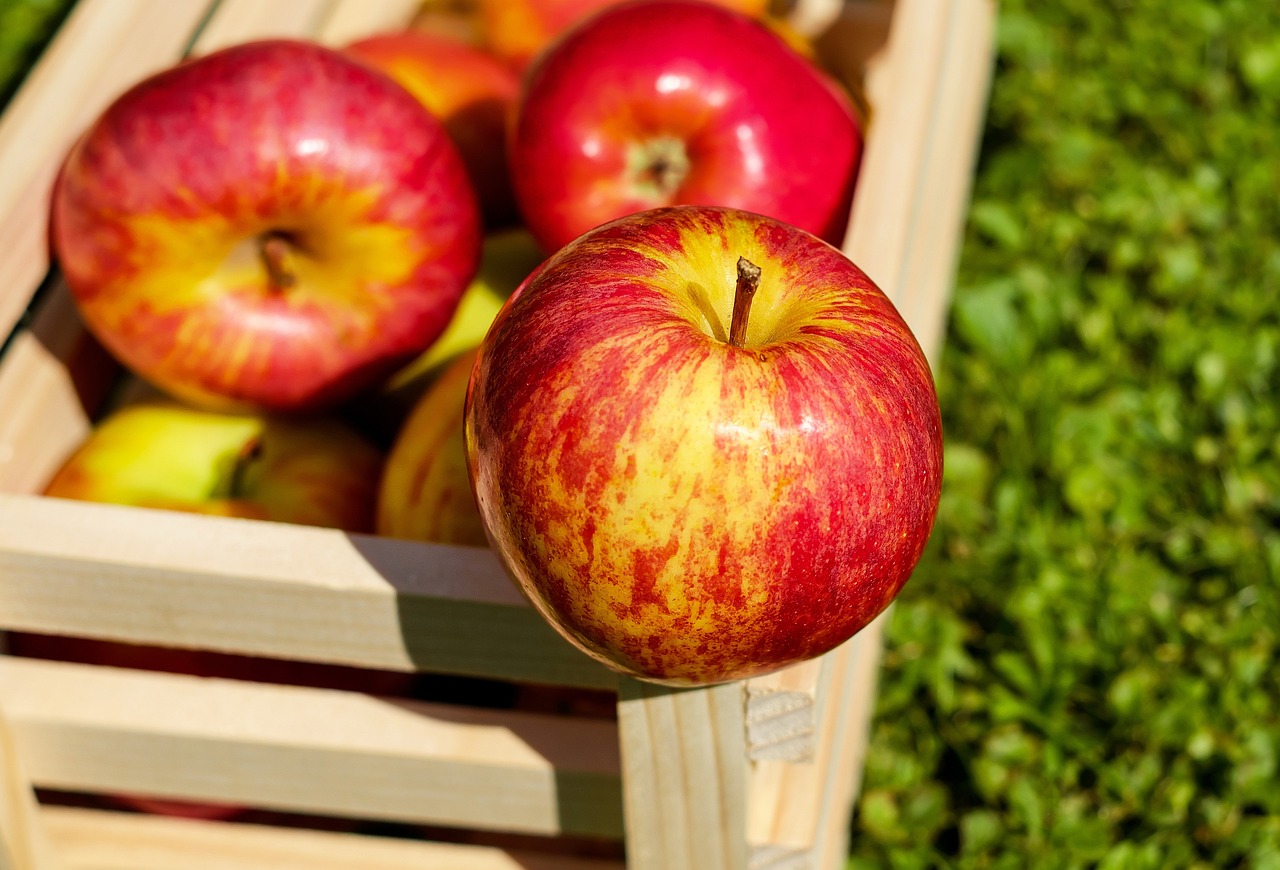Analyzing the Rise of Food Delivery Marketplaces
The surge in demand for convenience and time-saving solutions has been a notable driving force behind the growth of food delivery marketplaces. Consumers today lead increasingly busy lifestyles and seek quick, efficient ways to access a variety of dining options without leaving their homes or offices. This shift in consumer behavior has propelled the expansion of food delivery services, attracting more players and investments in the market.
Moreover, the evolving preferences of customers towards online ordering and mobile applications have significantly contributed to the flourishing food delivery marketplace industry. The ease of browsing through diverse menus, placing orders with a few clicks, and tracking deliveries in real-time have revolutionized the way people interact with food delivery services. As technology continues to advance, enhancing user experience and streamlining operations, the sector is poised for continuous growth and innovation in the coming years.
Impact of Technology on Food Delivery Services
Technology has revolutionized the food delivery services industry, making it more convenient for consumers to order their favorite meals at the touch of a button. Mobile apps and websites have streamlined the ordering process, allowing customers to browse menus, place orders, and make payments effortlessly. With the integration of GPS technology, customers can track their orders in real-time, eliminating uncertainties about the delivery time.
Moreover, the use of data analytics and AI algorithms has enhanced the personalization of food delivery services. By analyzing customer preferences and behavior patterns, food delivery platforms can recommend tailored food options and promotions, improving user experience and loyalty. Additionally, the use of machine learning in route optimization has enabled delivery drivers to navigate efficiently, reducing delivery times and ensuring hot and fresh meals reach the customers promptly.
• Mobile apps and websites have streamlined the ordering process
• Integration of GPS technology allows customers to track orders in real-time
• Data analytics and AI algorithms enhance personalization of services
• Machine learning in route optimization reduces delivery times
Key Players in the Food Delivery Marketplace Industry
In the highly competitive food delivery marketplace industry, companies like Uber Eats, DoorDash, and Grubhub have established themselves as key players dominating the market. These platforms offer a wide range of food options from various restaurants, providing customers with convenience and choice in the palm of their hands.
Uber Eats, a branch of the transportation giant Uber, has gained significant market share with its easy-to-use app and efficient delivery service. DoorDash, known for its extensive network of partner restaurants, has expanded rapidly and secured partnerships with major chains to cater to a diverse customer base. Grubhub, one of the pioneers in the food delivery industry, continues to innovate and adapt to changing consumer preferences, solidifying its position as a leading player in the market.
Who are the key players in the food delivery marketplace industry?
Some of the key players in the food delivery marketplace industry include Uber Eats, Grubhub, DoorDash, Postmates, and Deliveroo.
What factors are driving growth in food delivery marketplaces?
Factors driving growth in food delivery marketplaces include changing consumer preferences, busy lifestyles, convenience, and the rise of online ordering.
How has technology impacted food delivery services?
Technology has greatly impacted food delivery services by enabling seamless ordering and delivery processes, real-time tracking of orders, and personalized recommendations based on user preferences.
Which food delivery service has the largest market share?
As of now, DoorDash holds the largest market share in the food delivery marketplace industry, followed closely by Uber Eats and Grubhub.
What sets these key players apart from each other?
The key players in the food delivery marketplace industry differentiate themselves through their service offerings, delivery times, restaurant partnerships, pricing, and customer service.







